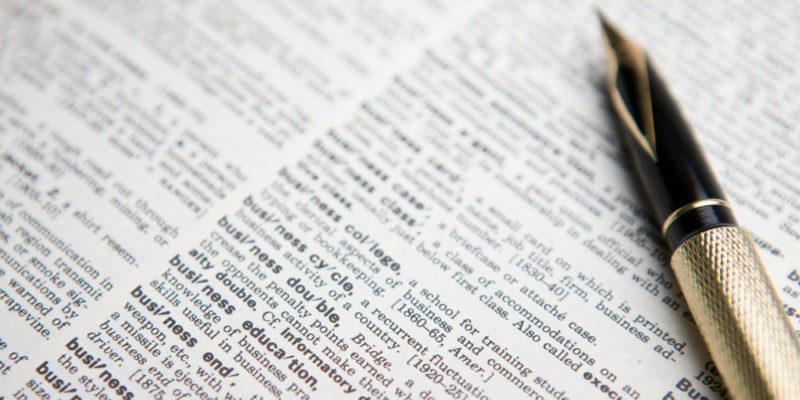We explain what a paragraph is, how it is classified and its various styles. Also, what are its general characteristics, proportions and more.
What is the Paragraph?
The paragraph is a set of written sentences that share a theme and a communicative context , so they are written in sequence. It is one of the largest units in which a written text can be decomposed.
The paragraphs of a writing are organized among themselves in a sequential and logical way , as well as the sentences within each one of them. The cohesion and coherence of the text and, in the long run, its ability to correctly convey the message to the reader will depend on this.
Paragraphs can be long, spanning several pages, or short , even a single line. But they always contain a main, core idea, and several others that accompany it.
Paragraph Features :
Start and end

Paragraphs are recognized in the middle of a text because they always start with a capital letter (that of their first contained sentence) and especially because they end with a full stop, an unequivocal sign that they will move on to another topic or to another set of information on the same theme.
-
Main sentence
Secondary sentences
The secondary sentences, on the other hand, provide context to the main sentence , providing important information to understand it in its proper dimensions and allowing to elaborate the approach in depth. They are vital to substantiate, argue and support the main thesis of the paragraph.
-
Paragraph types

- Introductory paragraph. Those that serve to initiate a thematic development and provide the reader with the initial information essential to begin written communication .
- Conceptual paragraph. Those whose purpose is to articulate a specific concept or provide an explicit meaning to the reader. They are theoretical paragraphs.
- Expository paragraph. Those in which the expository function of language deprives , that is, the objective exposition of the ideas to be addressed.
- Argumentative paragraph. Those in which an opinion or a position taken by the author is developed regarding a topic or specific information.
- Narrative paragraph. Those in which a story or a succession of events that have occurred is reconstructed.
- Descriptive paragraph. Those in which the description is deprived , that is, providing details regarding a specific event or object.
- Dialogue paragraph. Those in which a dialogue takes place between characters, real or fictional.
- Final paragraph. Those that serve to close the text and dismiss the reader.
-
Separation
Styles

There are three styles of paragraph separation, as explained in the previous point, and these are:
- Spanish. Also called ordinary or normal, it is the most used and indents the first line but does not add additional separation between paragraphs.
- German. Also called block or modern, it does not indent the initial lines, but separates the paragraphs by means of leading.
- French. Also called in summary form, it indents all paragraph starts except the initial one. It is usual in dictionaries and encyclopedias whose paragraphs are numbered.
-
Unity and coherence
Proportions

Paragraphs do not have a stipulated proportion , and can, especially in literary works, vary between paragraphs of a single line (which provide a powerful effect on the reader) or huge paragraphs of several pages. This will depend on the particular style of the writer.
-
Numeration
Etymology
The word paragraph (also paragraph ) comes from the Greek paragraphos , made up of two words: “ para- ”, which translates “similar” and “ graphos ” which translates “writing”. Already then its meaning was clear: the written units of the like.
The above content published at Collaborative Research Group is for informational and educational purposes only and has been developed by referring reliable sources and recommendations from experts. We do not have any contact with official entities nor do we intend to replace the information that they emit.
Luke is passionate about fostering student involvement and connection. He studied psychology for his major and likes learning about the past. Luke aims to specialize in artificial intelligence and cybersecurity. .
Leave a reply
Your email address will not be published. Required fields are marked *Recent post

Sport: What Is It, Types, Risks, Features, Characteristics and Examples

Dogs: Emergence, Features, Characteristics, Feeding and Breeds

Story: Definition, Elements, Structure, Features and Characteristics

